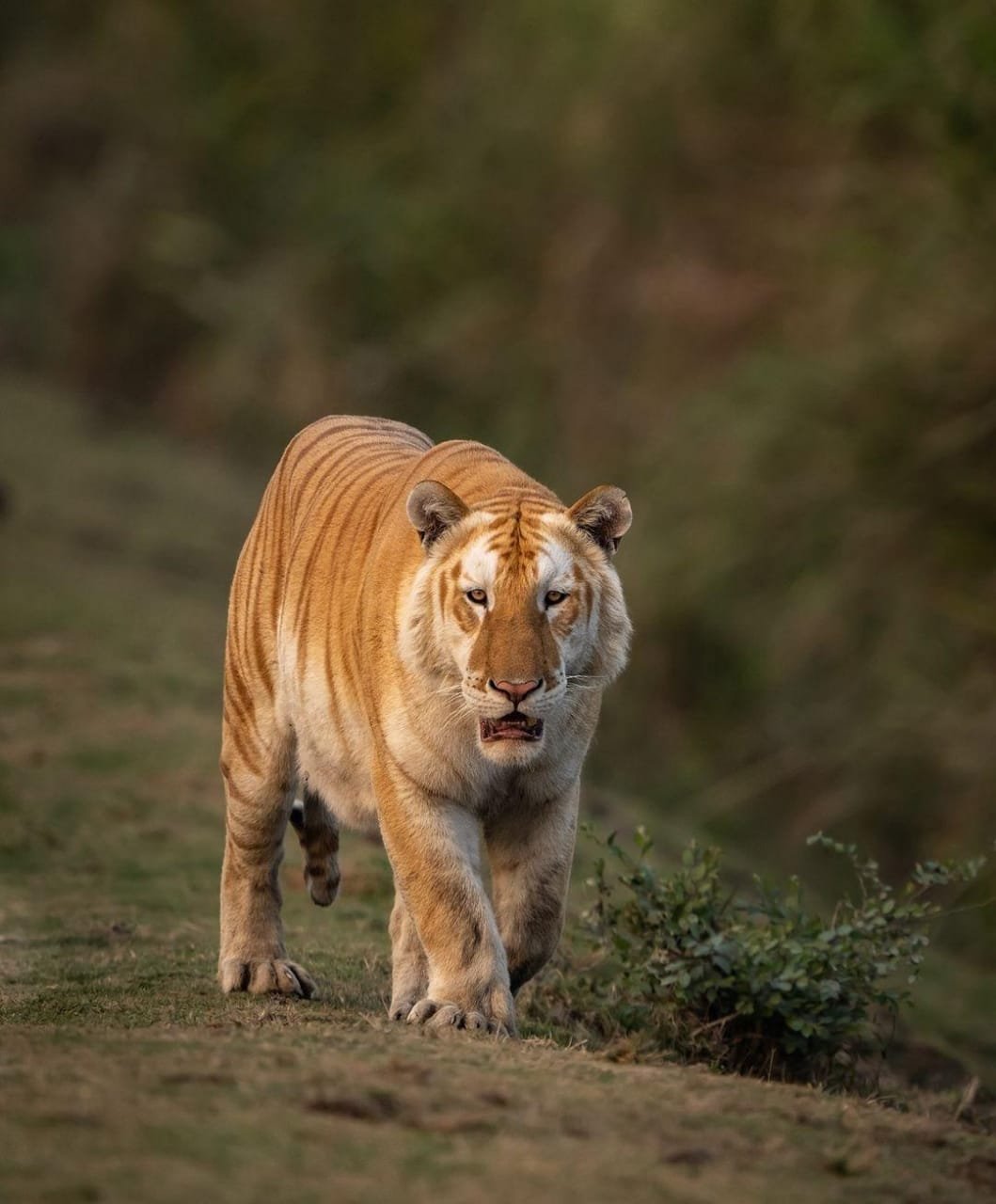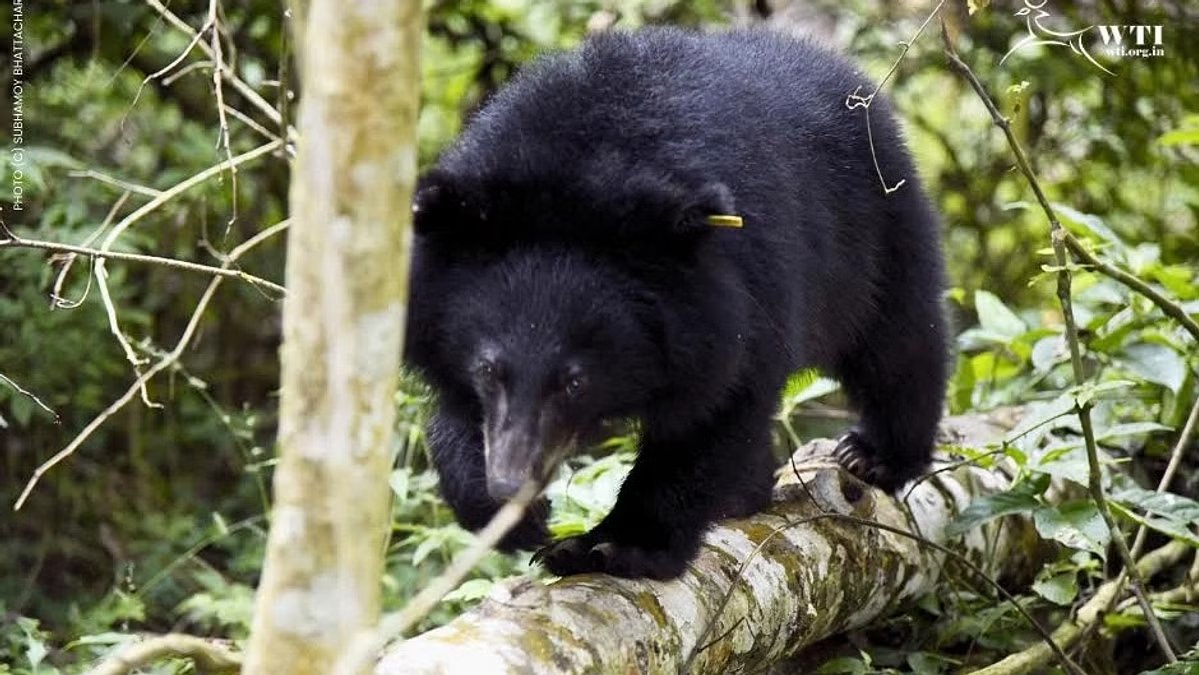HT Digital
ITANAGAR, APR 12: The Pakke Wildlife Sanctuary and Tiger Reserve in Arunachal Pradesh has recorded the presence of nine tigers, according to Divisional Forest Officer (DFO) and Field Director Satyaprakash Singh.
The sightings were confirmed through an extensive camera trap survey conducted by the Arunachal Pradesh Forest Department for the fiscal year 2023–24.
Speaking to the media on Friday, DFO Singh said the discovery was made possible by strategically placed camera traps across the reserve, located in the scenic Seijosa area of East Kameng district, bordering Assam. The latest count marks an increase from 2023, when seven tigers were recorded, indicating a healthy and potentially breeding tiger population.
The camera trap exercise, carried out under Phase IV monitoring, spanned key areas of the reserve including the Seijosa, Tippi, and Rilloh Wildlife Ranges. However, data used to estimate the tiger population were primarily drawn from Seijosa and Tippi ranges. The Rilloh range was also covered intensively in collaboration with the Wildlife Trust of India (WTI), as part of an Asiatic black bear population study.
Covering a total area of 600 sq.km, the survey involved the installation of 230 camera traps at 150 sites, accumulating 6,750 trap nights. The captured footage confirmed the presence of nine individual tigers—five females, three males, and one cub—underscoring the reserve’s importance as a viable habitat for tiger conservation.
DFO Singh also highlighted the extensive anti-poaching infrastructure in place, with 38 anti-poaching camps manned round the clock to deter illegal activity and ensure the safety of wildlife.
Beyond tigers, the survey also documented a diverse range of fauna. Big cat species such as the clouded leopard, marbled cat, leopard cat, and golden cat were spotted, alongside rare mammals like the binturong, Chinese pangolin, Asiatic black bear, and wild dog. For the first time, the Small-toothed Ferret Badger was photographed in the Rilloh Range.
Small carnivores, including the Large and Small Indian civets, Yellow-throated marten, and numerous prey species like sambar, barking deer, wild pig, gaur, elephant, capped langur, and Assamese macaque were also recorded. Bird species such as the red jungle fowl and Khaleej pheasant further added to the rich biodiversity profile of the reserve.
The Pakke River, which flows adjacent to the sanctuary, also supports a variety of fish species, enhancing the ecological richness of the region.
The Pakke Tiger Reserve was originally established as the Pakhui Sanctuary in 1966, later becoming a Game Sanctuary in 1977. In 2001, it was renamed under the National Tiger Conservation Authority’s Project Tiger, and on April 23, 2002, it was officially designated as the 26th tiger reserve in India.












